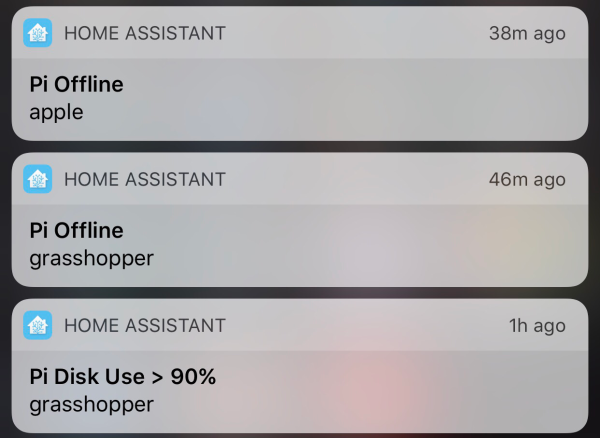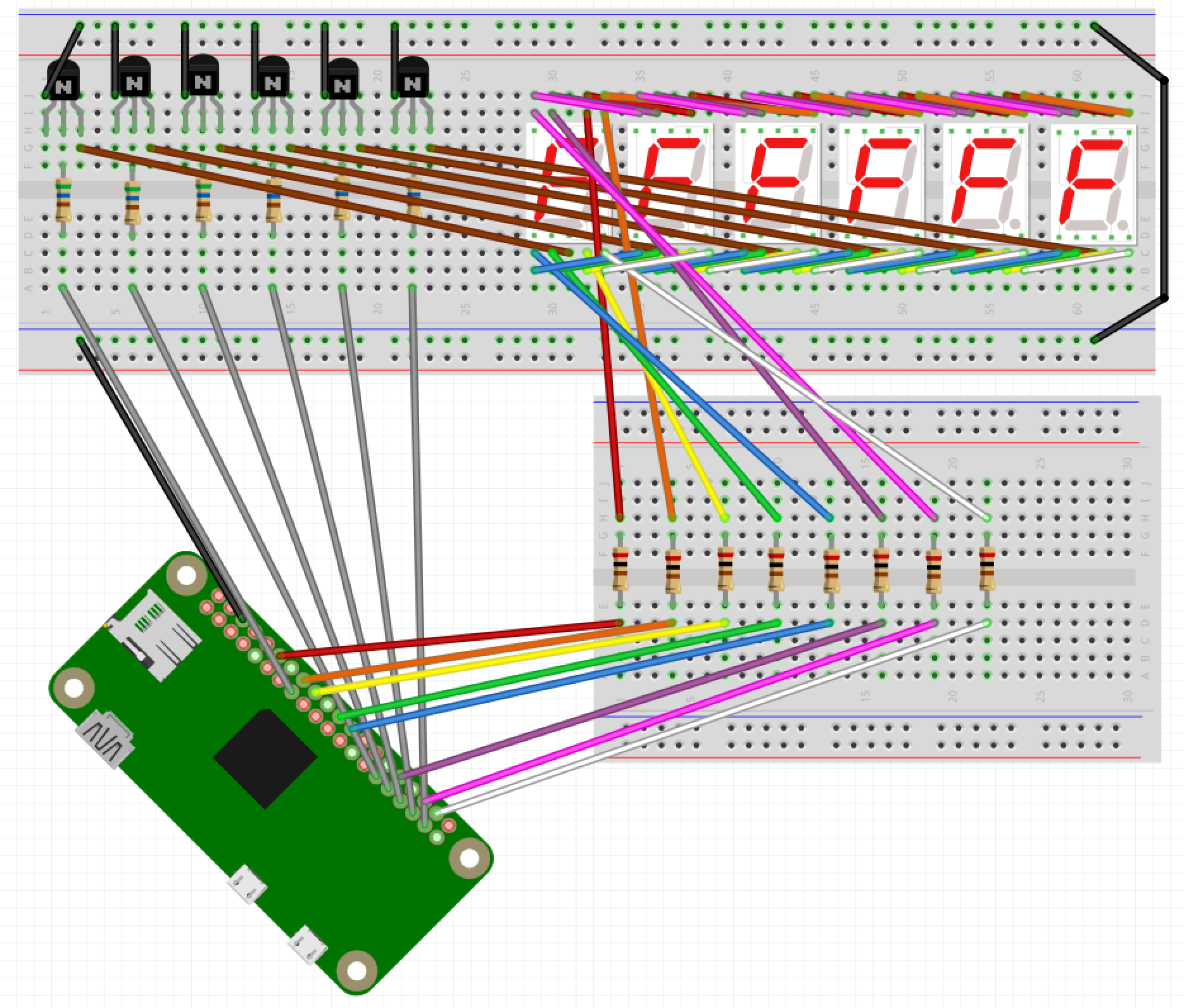
When playing music I usually change my office MacBook’s sound output to a Sonos speaker, which is an AirPlay device. Sometimes the connection freezes and I have to reset output my default device and back to the office speaker. I wanted to automate both of these processes, so I found an AppleScript as a starting point. I modified it and created an Alfred Workflow with a keyword trigger. Here’s my version of the AppleScript. Feel free to modify it for your own use.
-- This script can be used to set/reset the sound output
-- Two devices because sometimes the AirPlay device loses connection
set myDevices to {"LG UltraFine Display Audio", "Office"}
tell application "System Settings"
-- sometimes it is already open to Sound, which causes an error
quit
delay 0.2
activate
delay 0.2
tell application "System Events"
tell process "System Settings"
set theWindow to first window
delay 0.2
end tell
keystroke "Sound"
delay 0.5
tell application process "System Settings"
tell its group 2 of scroll area 1 of group 1 of group 2 of splitter group 1 of group 1 of window "Sound"
tell its radio button 1 of tab group 1
click
end tell
delay 0.3
tell its scroll area 1
try
set theRows to (every row of outline 1)
on error error_message number error_number
display dialog "Error: " & the error_number & ": " & the error_message buttons {"OK"} default button 1
end try
repeat with myDevice in myDevices
set device to myDevice as string
set found to false
-- Sometimes the devide isn't listed yet, so delay and retry
repeat 5 times
repeat with aRow in theRows
try
if name of static text 1 of group 1 of UI element 1 of aRow is equal to device then
set selected of aRow to true
set found to true
-- Set volume per device
set volume without output muted
set volume output volume 10 --100%
exit repeat
end if
on error
display dialog "Error setting output sound to " & device
end try
end repeat
if found = true then
exit repeat
end if
delay 0.5
end repeat
end repeat
end tell
end tell
end tell
end tell
quit
end tell
Updated on November 28, 2023 to work with macOS Sonoma 14.1.1.
Updated on March 13, 2024 to retry multiple times if device isn’t listed yet.
Updated on March 21, 2024 to reset volume per device, since the OS remembers the last volume of each device.
















